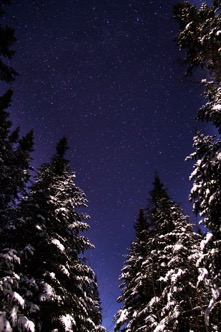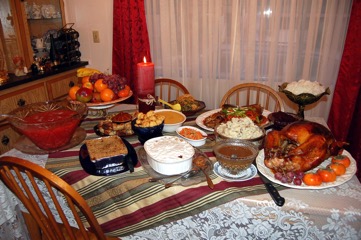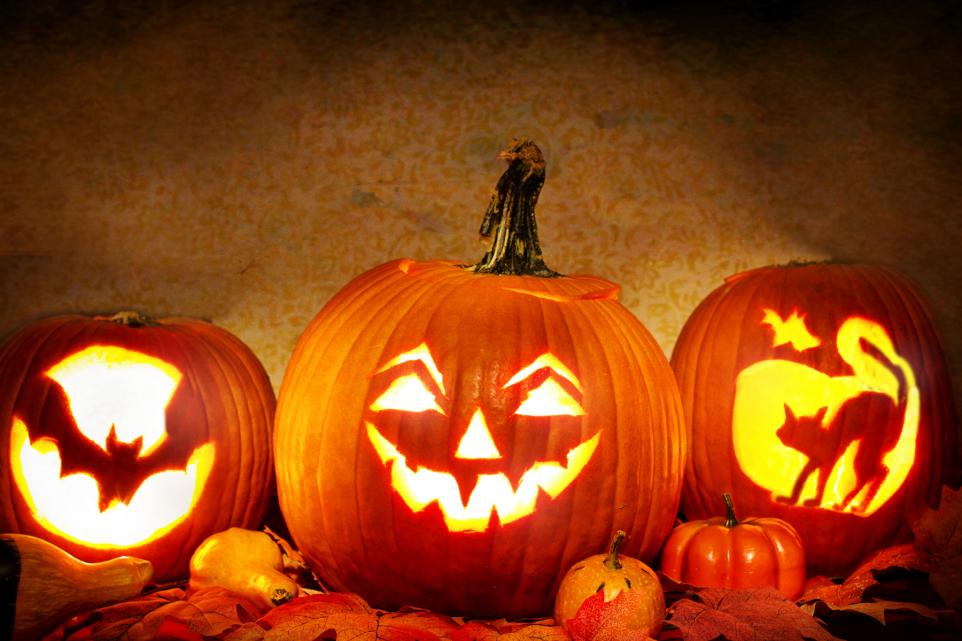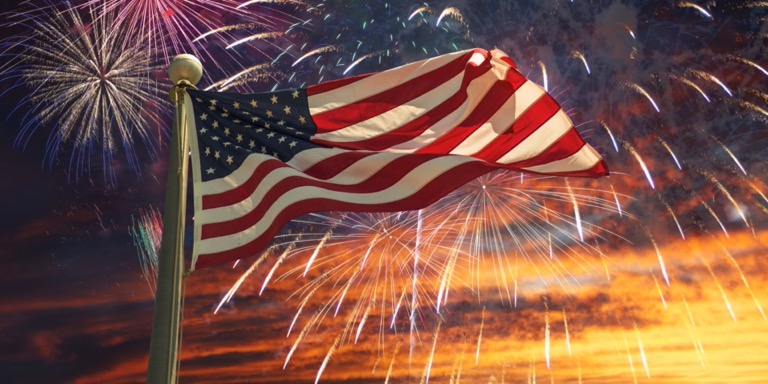2023
New Year's Eve
December/28/2023
From Wikipedia, the free encyclopedia
This article is about the Gregorian calendar. For other calendars, see New Year. For other uses, see New Year's Eve (disambiguation).
In the Gregorian calendar, New Year's Eve, also known as Old Year's Day or Saint Sylvester's Day in many countries, is the evening or the entire day of the last day of the year, 31 December. The last day of the year is commonly referred to as “New Year's Eve”. In many countries, New Year's Eve is celebrated with dancing, eating, drinking, and watching or lighting fireworks. Some Christians attend a watchnight service. The celebrations generally go on past midnight into New Year's Day, 1 January.
The Line Islands (part of Kiribati), Samoa and Tonga, in the Pacific Ocean, are the first places to welcome the New Year, while American Samoa, Baker Island and Howland Island (part of the United States Minor Outlying Islands) are among the last.
Read More…
This article is about the Gregorian calendar. For other calendars, see New Year. For other uses, see New Year's Eve (disambiguation).
In the Gregorian calendar, New Year's Eve, also known as Old Year's Day or Saint Sylvester's Day in many countries, is the evening or the entire day of the last day of the year, 31 December. The last day of the year is commonly referred to as “New Year's Eve”. In many countries, New Year's Eve is celebrated with dancing, eating, drinking, and watching or lighting fireworks. Some Christians attend a watchnight service. The celebrations generally go on past midnight into New Year's Day, 1 January.
The Line Islands (part of Kiribati), Samoa and Tonga, in the Pacific Ocean, are the first places to welcome the New Year, while American Samoa, Baker Island and Howland Island (part of the United States Minor Outlying Islands) are among the last.
Read More…
Winter 2023
November/29/2023

What causes the seasons? In many parts of the world, weather cycles through the four seasons like clockwork: spring, summer, autumn, and winter.
See all videos for this article
The concept of winter in European languages is associated with the season of dormancy, particularly in relation to crops; some plants die, leaving their seeds, and others merely cease growth until spring. Many animals also become dormant, especially those that hibernate; numerous insects die.
Thanksgiving 2023
November/19/2023

Read More…
Halloween 2023
October/29/2023

The scariest time of the year is officially here, as all the ghosts, witches, zombies, and spooky creatures appear to celebrate Halloween.
Thousands dress up in their most horrifying costumes, carve pumpkins and get ready to trick or treat.
Although the day is now marked by people dressing up, having a party, and maybe even taking part in some terrifying activities, the day was once part of an ancient ritual.
Read More…
Fourth of July – Independence Day
June/29/2023

The Fourth of July—also known as Independence Day or July 4th—has been a federal holiday in the United States since 1941, but the tradition of Independence Day celebrations goes back to the 18th century and the American Revolution. On July 2nd, 1776, the Continental Congress voted in favor of independence, and two days later delegates from the 13 colonies adopted the Declaration of Independence, a historic document drafted by Thomas Jefferson. From 1776 to the present day, July 4th has been celebrated as the birth of American independence, with festivities ranging from fireworks, parades and concerts to more casual family gatherings and barbecues. The Fourth of July 2023 is on Tuesday, July 4.
Check Out The Link Below For A Lot Of Interesting Facts You Might Not Know
Fourth of July - Origins, Early Celebrations & TraditionsHistory Channelhttps://www.history.com › Topics › Holidays
Adults Only Swim Session
June/24/2023
PMWFCA is introducing a two hour, adults only swim session, that will begin on Monday, June 26th, 2023. The Adult Swim sessions will take place on Monday, Wednesday and Friday from 7:00AM to 9:00AM (weather permitting) in the pool. Adults will be welcome to do whatever type of water exercises they choose.
Rules:
1: Adults only.
No one under 18 will be admitted, including adults that bring children to be supervised while the adult is in the pool. Children under 18 who try to use the pool during this time will not be admitted. Repeat offenders may have pool privileges suspended.
2: Swim at your own risk.
No lifeguards will be present and other adults are not certified rescuers. Each user must pre-register and agree to the “own risk” clause. Registration sheets will be available in the office, during regular office hours and at the pool during the Adult Swim sessions.
3: Users must be members of the PMWF community in good standing (eligible for pool badges). Guests are not permitted during the Adult Swim sessions.
Rules:
1: Adults only.
No one under 18 will be admitted, including adults that bring children to be supervised while the adult is in the pool. Children under 18 who try to use the pool during this time will not be admitted. Repeat offenders may have pool privileges suspended.
2: Swim at your own risk.
No lifeguards will be present and other adults are not certified rescuers. Each user must pre-register and agree to the “own risk” clause. Registration sheets will be available in the office, during regular office hours and at the pool during the Adult Swim sessions.
3: Users must be members of the PMWF community in good standing (eligible for pool badges). Guests are not permitted during the Adult Swim sessions.
Saint Patrick's Day
March/17/2023

Saint Patrick's Day, while not a legal holiday in the United States, is nonetheless widely recognised and observed throughout the country as a celebration of Irish and Irish-American culture. Celebrations include prominent displays of the colour green, religious observances, numerous parades, and copious consumption of alcohol. The holiday has been celebrated in what is now the U.S since 1600, with the first parade occurring in 1601. It is customary for the Irish Taoiseach (Irish Prime Minister) to meet with the President of the United States on or around Saint Patrick's Day. Traditionally the Taoiseach presents the US President a Waterford Crystal bowl filled with shamrocks. This tradition began in 1952 when the Irish Ambassador to the US, John Hearne, sent a box of shamrocks to President Harry S. Truman. From then it became a yearly custom for the Irish ambassador to send Saint Patrick's Day shamrocks to an official in the US President's administration, although on some occasions the shamrocks were given personally by the Irish Taoiseach or Irish President to the US President in Washington. After the meeting between Taoiseach Albert Reynolds and President Bill Clinton in 1994, the presenting of the shamrocks became a yearly custom.
